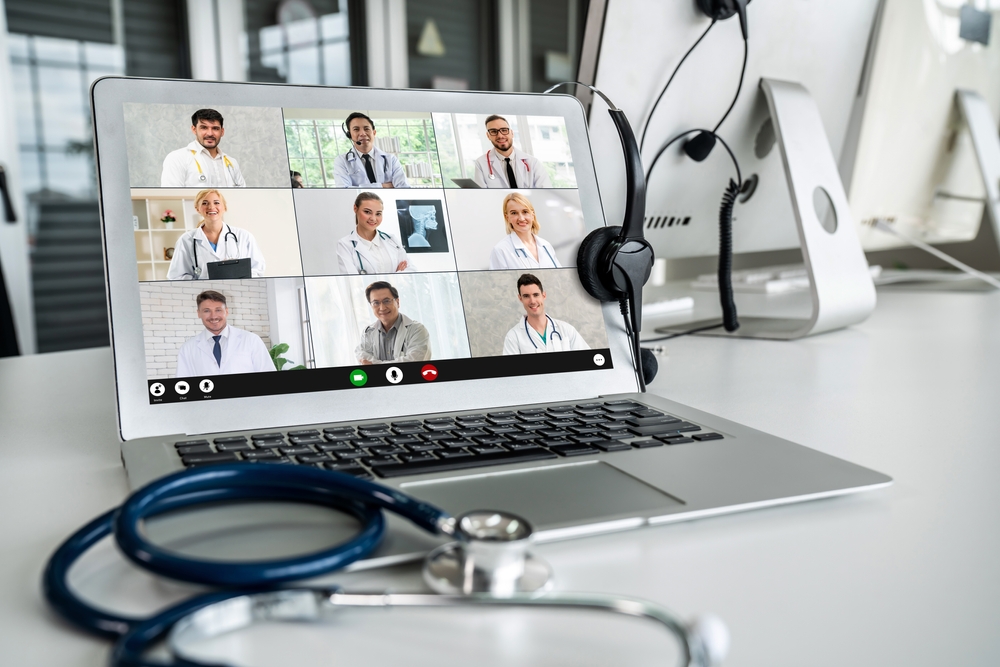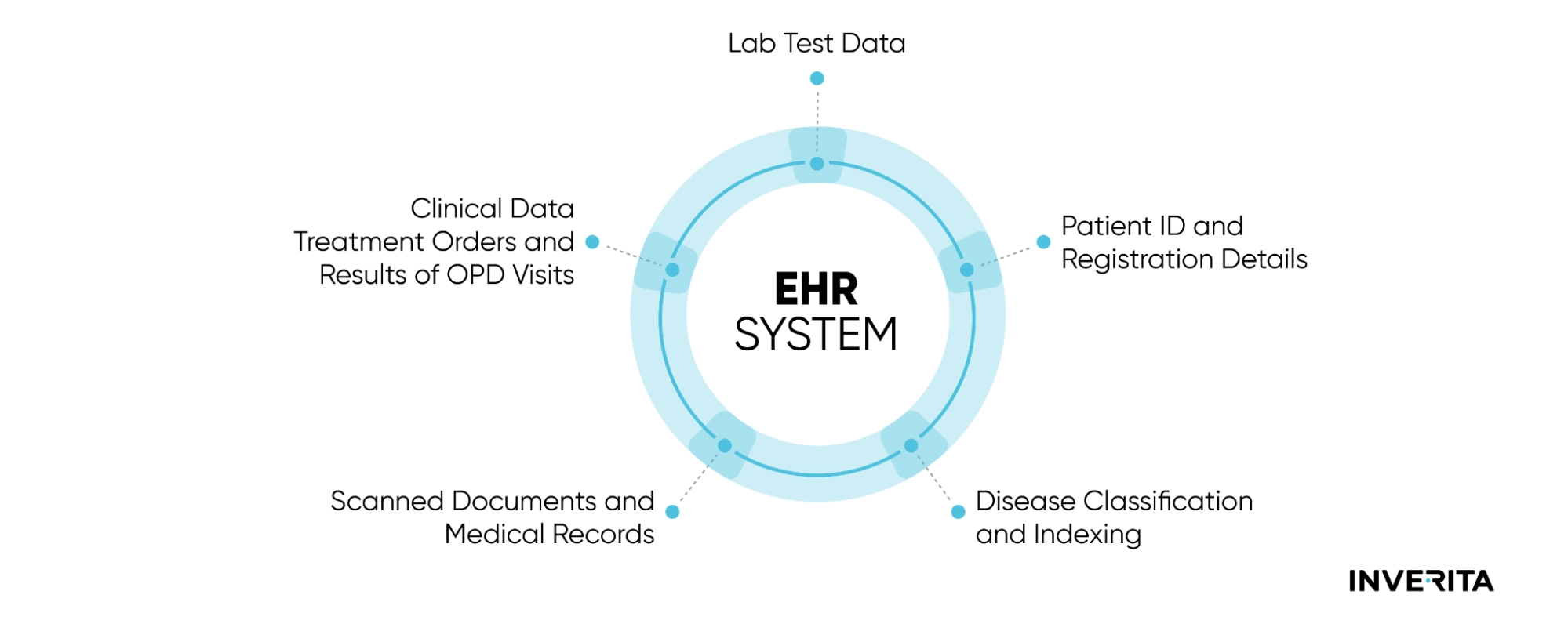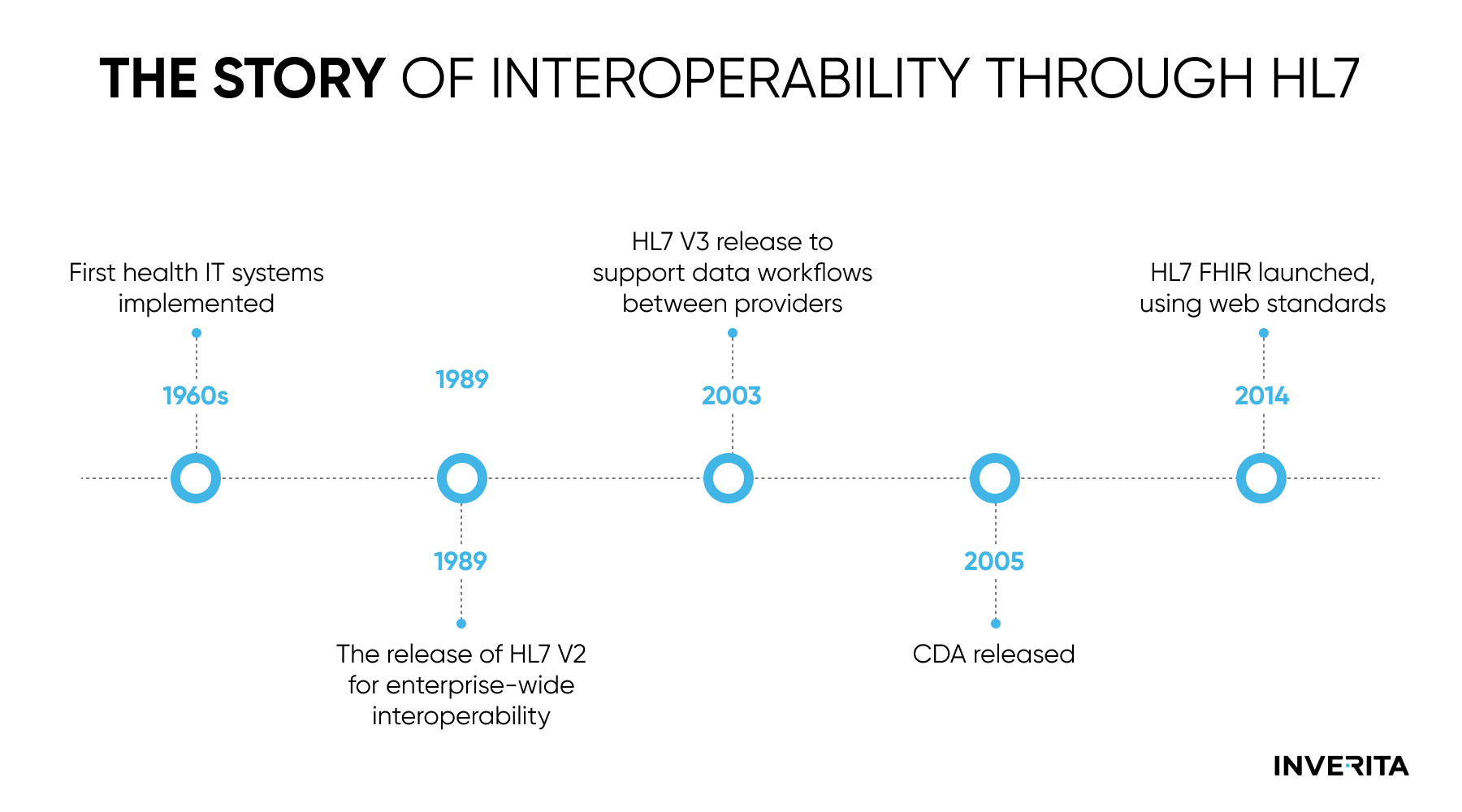Doctors, patients, and healthcare providers greatly benefit from the ability to give and receive digital consultations. Nowadays, even not big independent practices offer telemedicine services to their patients to remain competitive and patient-centric.
The Main Advantages of Telemedicine Include:
24/7 Access to Medical Care
Telemedicine enables more efficient use of time and resources, as digital consultations eliminate the need for patients to travel long distances to see a doctor. This is particularly beneficial for people who live in remote areas, and people suffering from infectious and chronic diseases.
Cost-Effectiveness
Telemedicine has proven to be much more cost-effective than traditional care. The research from mHealth Intelligence that studied the implementation of a virtual healthcare platform at Frederick Memorial Hospital in Maryland has shown a 50% reduction in the cost of patient care.
While patients can save on avoiding costly and unnecessary emergency room visits, practices reduce overhead costs associated with maintaining physical facilities and staffing requirements. As a result, according to FCC estimations, telehealth technologies can potentially save the US healthcare industry a staggering $305 billion per year.
Enhanced Patient Satisfaction
The survey held by McKinsey shows that 55% of patients agree that they get a higher quality of care via telehealth as compared to in-office medical visits. Patients receive more convenient and personalized care.
Reduced Wait Times and Risk of Contracting Infectious Diseases
Telemedicine eliminates the need for extended stays in crowded waiting rooms. This is particularly beneficial for people managing health conditions such as hypertension or heart failure. Beyond the convenience factor, telemedicine can be a critical resource, offering a secure and efficient platform for medical consultations without unnecessary exposure to potential health risks.
Factors Driving the Growth of Telemedicine
Telemedicine has become one of the biggest drivers that boost transformation in healthcare. So what are the factors that contribute to the growth of telemedicine?
- Modern Technology Ongoing advancements in technology, such as high-speed internet, mobile technology, and improved video conferencing capabilities, have made telemedicine more accessible and user-friendly.
- User Demand and Convenience Patients increasingly seek convenient healthcare options that fit into their busy lifestyles. Telemedicine provides a way for individuals to access healthcare services without the need for travel, leading to increased patient satisfaction.
- Supportive Policy and Regulation Changes Many regions have adopted or introduced policies and regulations to support the integration of telemedicine into mainstream healthcare. This includes changes in reimbursement policies, licensing, and telehealth-friendly regulations.
- Remote Monitoring and Wearables Advances in remote monitoring and wearable technology allow healthcare providers to track patients' vital signs and health metrics remotely. This capability supports proactive and preventive healthcare, especially for those with chronic conditions.
- Provider Acceptance and Training As healthcare providers become more comfortable with telemedicine technology and receive appropriate training, the adoption of telehealth services increases. Positive experiences and outcomes contribute to a broader acceptance of virtual care.
6 Telemedicine Trends Shaping the Future for 2026
Now, let’s see telehealth future trends that are going to shape the industry.
Virtual Training and Simulation in VR
VR is no longer associated with the gaming industry and has already entered various walks of life. This technology has become one of the popular telehealth industry trends and is actively leveraged in physical therapy, medical training, and stress treatment.
For example, during medical training, surgeons use VR solutions to visualize and examine human organs and explore 3D models of intricate surgical procedures before commencing operations.
Interactive VR allows doctors and medical students to completely immerse themselves in a virtual environment and interact with patients as they would in real life. The availability of hundreds of possible scenarios where doctors are to take a patient’s history, examine, diagnose, and treat are also complemented by emotional engagement with the patient’s family members, realistic conversations, and emergency scenarios. The main focus of such training is on decision-making and critical thinking. Once the scenarios are completed, participants receive feedback on their performance.
Such platforms are already being offered internationally by companies like Oxford Medical Simulation; their scenarios include a wide range of specialties, including community health, psychiatry, pediatrics, nursing, and medicine.
The study by Harvard Business Review found that VR usage for training increased surgeons’ productivity by 230% in comparison to conventionally trained doctors. 









_1764586939-small.webp)
